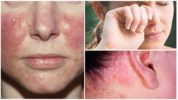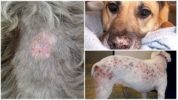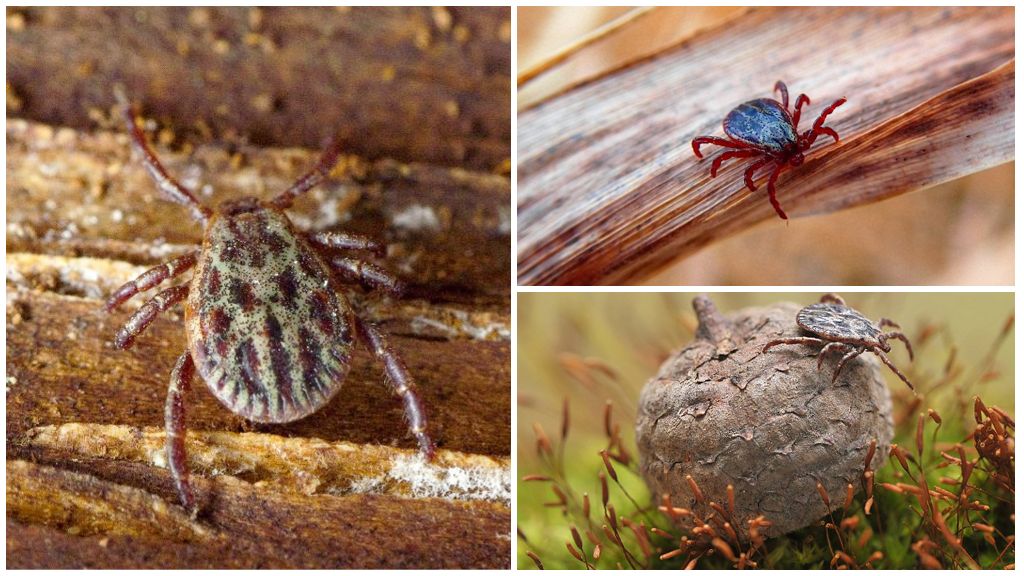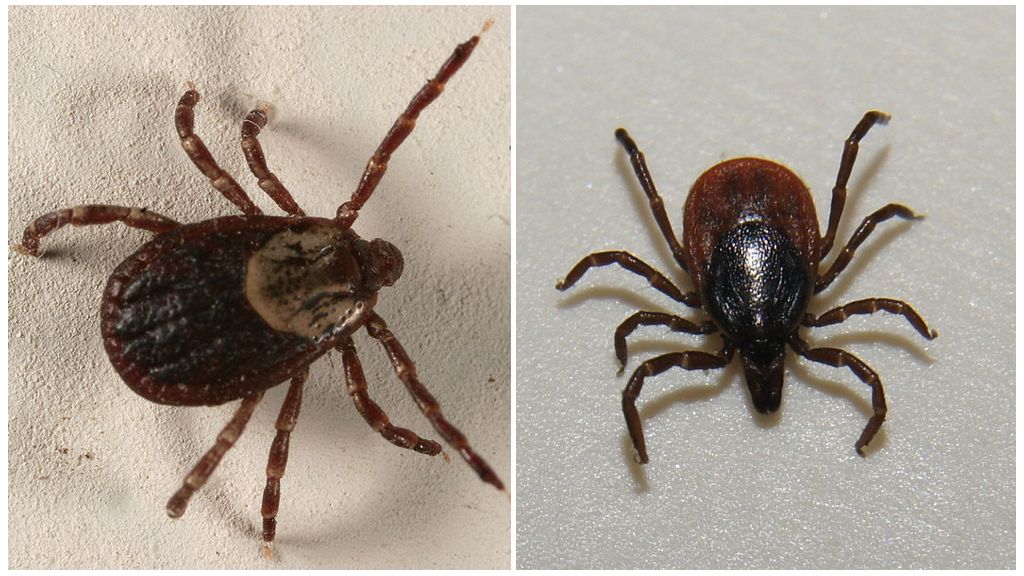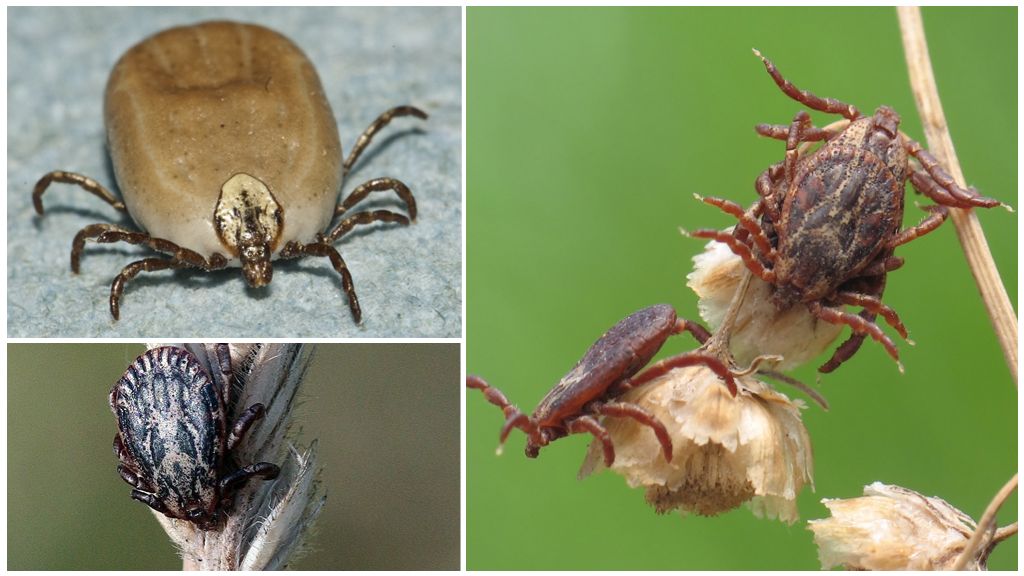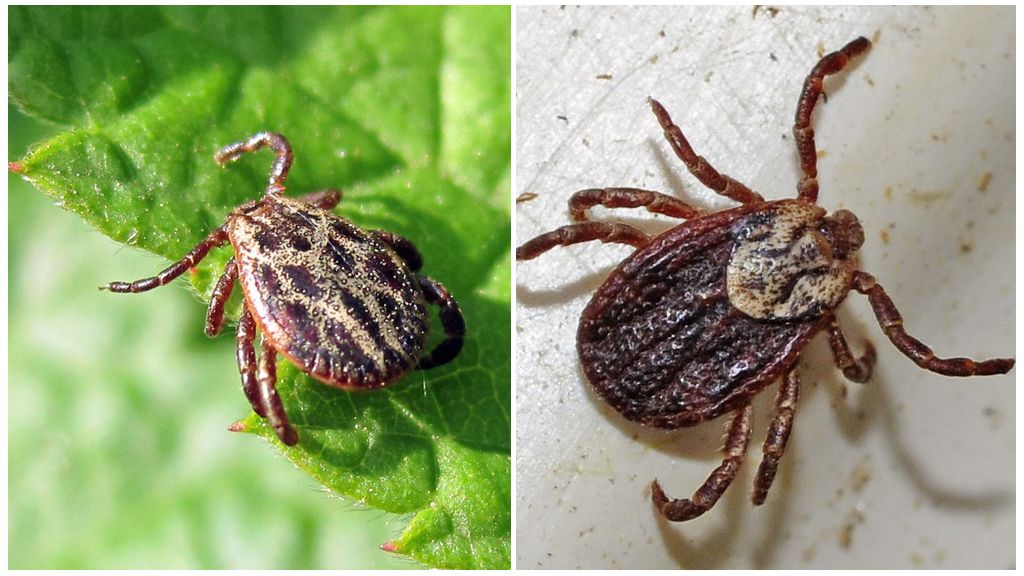- Mite demodex
- Symptoms of demodicosis in humans
- Demodecosis in dogs
- Demodecosis Treatment
The genus of parasitic ticks Demodex has about 65 species. All of them live in the subcutaneous layer, and the owner does not even notice these parasites. The demodex mite is one of the smallest representatives of the arthropod type. Some of the parasites feed on sebum, while others eat the excreted lymph.
Appearance of Demodexes
Least similar to the rest ticks life form. But if you look at a representative of demodexes under a microscope, then he has all the signs of ticks. Only a very long abdomen confuses, giving arachnid resemblance to a worm. In the photo with a large increase, it can be seen that the parasite has “laid” arachnid 4 pairs of paws and a “standard” piercing-sucking type oral apparatus.
Among demodectic mites that live next to humans, there are:
- demodex folliculorum, aka acne gland;
- d.brevis, also a human parasite;
- d.canis - dog subcutaneous tick;
- d.bovis - cattle;
- d.ovis - sheep and goats;
- d.equi - horses and donkeys;
- d.philloides - pigs.
By prefixing the name of the genus, you can easily determine what kind of tick is involved. Demodex sizes are also similar. In species parasitizing on animals, the length of the female is 0.3 mm, and that of the male is 0.2 mm. The maximum width of the arthropod is 0.06 mm.
On a note!
Two types of demodex mites live in human skin: d. folliculorum and d. brevis. Both are called zheleznitsy, as they live in the sebaceous glands and eyelash follicles.
These species differ in length and location. Short Iron - Tick d. brevis. It is this species that is logical to call acne, as it settles in the sebaceous glands of the skin on the face and may cause inflammation. But the name "acne" was assigned to another species: the tick demodex folliculorum. He lives in follicles of hairs growing on the human body.
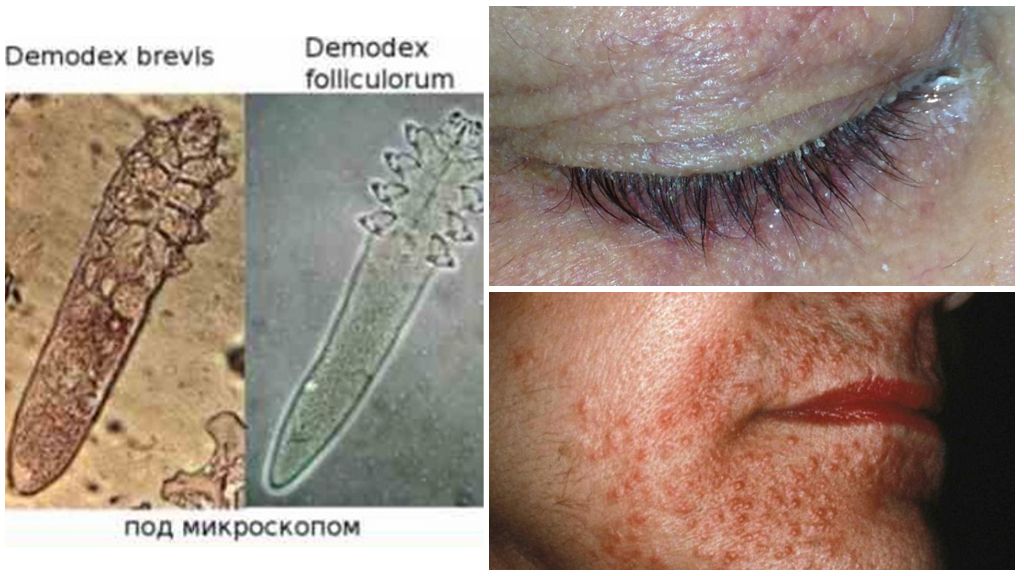
Demodex folliculorum 0.3-0.4 mm long. The female of this species is slightly shorter than the male. Demodex brevis is shorter than its “brother”, but it gives the impression of a broader one.
Demodex Lifestyle
These types of ticks are permanent parasites. The demodex life cycle is a few weeks. How long a tick lives, so much time it does not change its owner and does not leave a victim even for laying eggs. The female throws eggs onto the skin and infection of healthy mammals occurs in close contact with a sick animal. Puppies usually become infected from their mother. Livestock can become infected while in the herd. People get infected in close contact with each other.
Important!
Demodexes can exist for a relatively long time without a host if environmental conditions suit them.
At room temperature, constant high humidity and in the dark, demodexes exist for up to 9 days. In water, they remain viable for up to 25 days. In dry air they die after 1.5 days.
For a long time, these microscopic ticks were considered commensals. These are organisms that benefit from interacting with another creature, but do not bring either benefit or harm to the host. Today, scientists are inclined to believe that demodexes are parasites.Ticks feed on the fat of the sebaceous glands of the skin or lymph, which they receive in violation of the integrity of the follicle cells.
What is demodicosis
Dermoid mites accompany their owners throughout the life of a mammal and usually do not cause trouble. But with a loss of host immunity or too strong invasion, demodexes cause a skin disease, demodecosis. Parasites are most active in spring and autumn, when immunity falls and hormonal changes occur in the body.
Symptoms of Demodicosis
With the morphological similarity of different types of subcutaneous demodex mites, the symptoms of the disease can be different. They depend on the species and even the age of the animal, if the disease struck him. In humans, the symptoms of the disease will depend on where the mass reproduction of demodexes began.
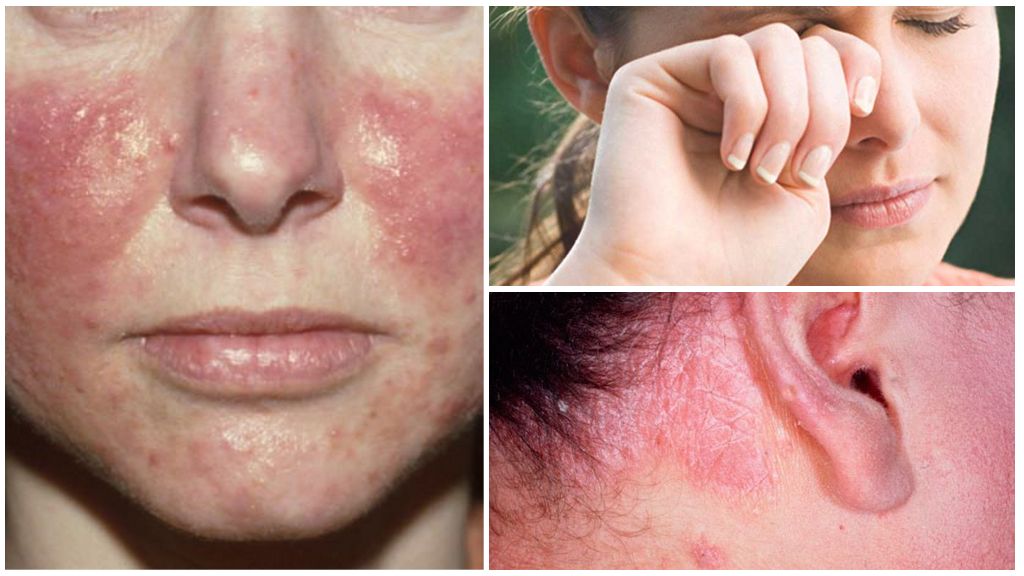
In humans
Most often, the causative agent of demodicosis - acne zheleznitsa lives in the skin of the face. But these parasites can be found in humans anywhere. On the face, they prefer to create colonies of the nasolabial folds, on the chin, near the nose, on the cheeks.
The second most preferred breeding place is the skin of the neck. Rarely, demodexes are also found on the chest and back. There are almost no them in the skin of the limbs, if we are not talking about severe infection. Demodex folliculorum prefers eyelashes and mustache area.
Signs of skin demodicosis:
- severe redness and swelling of the eyelids;
- scales at the roots of the eyelashes;
- itching
- swelling and redness of the affected areas of the skin;
- eye fatigue
- acne;
- rosacea - rosacea.
On a note!
The vital products of demodexes cause an allergic skin reaction, so the symptoms of demodicosis and allergies are very similar.
Blepharitis is also caused by the activity of demodexes. Signs of eye mite lesion:
- suppuration of the follicles;
- frequent barley;
- eyelash loss;
- eyelids;
- "Clutch" around the eyelashes from dried exudate.
Demodecoses can occur in pure form or be mixed.
In dogs and cats
Demodex canis lives in the deep layers of the dermis. Infection with them occurs with prolonged contact of animals. Therefore, it is usually transmitted from bitch to puppies. The first signs in puppies appear after 3 weeks of life. Demodecosis in cats it is rare, but the Russian blue and Siamese breeds are most susceptible to the disease.
On a note!
Active development of demodicosis occurs in animals 1-3 years.
In puppies, demodicosis in most cases takes on a scaly form: the hair falls out, and the skin begins to peel off. Adult dogs can have 3 forms:
- pustular;
- generalized;
- complicated by fungi and staphylococci.
Demodexes form colonies in the follicles. There can be more than 275 such colonies on a dog. They are concentrated on the skin of the lips, cheeks, near the eyes, on the neck, shoulder blades and sides. Demodexes rarely appear on the back, but such a case is also possible. Signs dog demodicosis:
- hair loss;
- thickening of the skin on bald spots;
- the appearance on the skin of small cracks and crusts;
- the skin becomes bluish;
- the appearance in the animal of a sharp ichorous odor.
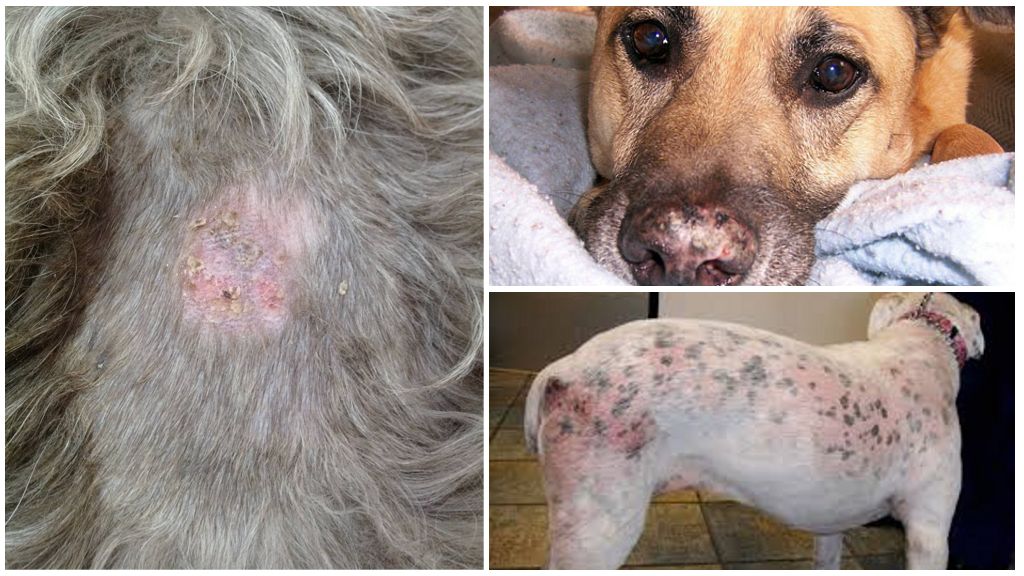
On a note!
2 months after the onset of symptoms of demodicosis, the animal develops anemia and exhaustion.
In cattle
In calves, signs of demodicosis appear from 3 months. Cattle infestation can take three forms:
- scaly;
- pustular;
- generalized.
First, tubercles-colonies with a diameter of 2-10 mm appear on the skin. The colony grows within 3 weeks. After this, the tubercles open. When pressed from them, an anemone and a whitish waxy mass stand out. In the affected areas of the skin, the hair first swirls and then falls out. Colonies are most often localized in the skin:
- chest
- neck
- submandibular space;
- shoulder joint;
- shoulder blades.
On a note!
Signs that characterize demodicosis can signal other diseases, therefore, it is necessary laboratory confirmation.
How to recognize a tick at home
Demodexes are too small to be seen with the naked eye. Signs of disease are not unique to demodicosis.
In humans, irritated and swollen skin on the face may be the result of an allergy to any food product. Prolapse and suppuration of ciliary follicles also cause pathogens.
In dogs, similar skin lesions cause fungal infections and sarcoptoid mites. Sometimes an unscrupulous veterinarian can diagnose demodecosis "by eye" by examining a dog with a balding back. But in 90% of cases with back baldness, pancreatitis begins, although the dog also has an unpleasant odor. In livestock, tubercles under the skin may appear due to gadfly, but not because of demodexes.
Important!
By external signs, tick-borne infestation can be suspected, but the final diagnosis is made in the laboratory after examination of skin scrapings. Diagnosis is difficult because demodexes in small amounts are always present in the skin. It is difficult to determine if the tick really was a source of skin disease.
Demodecosis Treatment
Demodexes seem harmless, as they live only in the skin. Even if they caused irritation, this is only an external defect. But skin is one of the most important organs in the body of living things. In addition, if you allow demodicosis to develop, ticks penetrate the internal organs. For this reason, parasites should not be taken lightly.
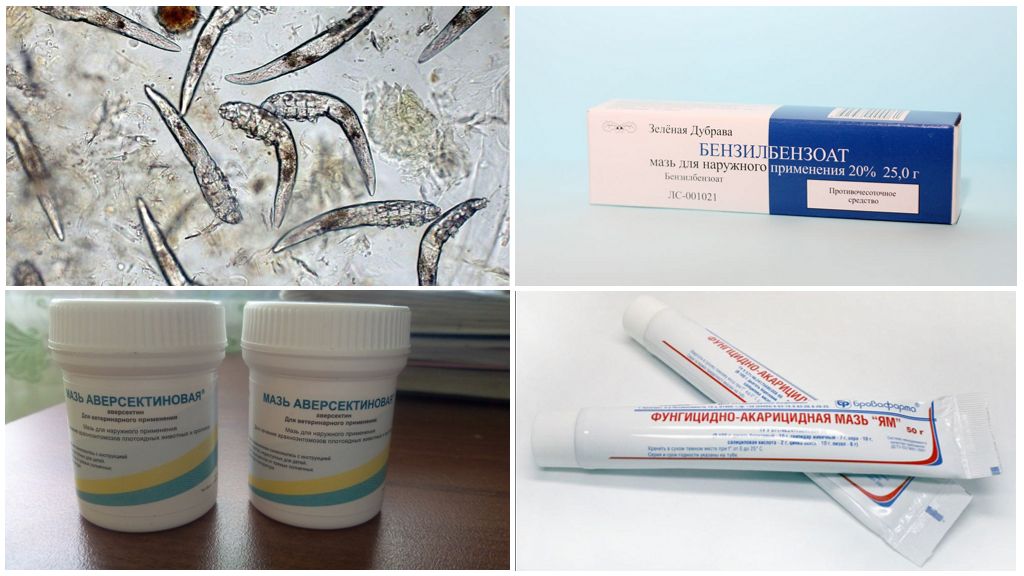
Treatment for a demodex skin tick is prescribed by a doctor. To enhance immunity, general strengthening agents are prescribed, and the skin is lubricated with acaricidal ointments.
Important!
At treatment of demodicosis Do not use fatty creams.
For demodexes, the most favorable environment are substances containing fats:
- petroleum jelly;
- vegetable oil;
- nourishing cream for the skin;
- fat.
People are usually prescribed to treat benzyl benzoate - An ointment that kills demodex mites and sarcoptoid scabies. It is possible that the use of modern drugs based on permethrin.
In veterinary medicine, drugs of the avermectin group are used. Well proven aversectin ointment 0.5%. This is the development of Russian scientists of the late 80s - early 90s of the last century.
The complex of therapeutic measures also includes the treatment of bed and bedding of pets acaricidal drugs. Destroy ticks will help heat treatment.
On a note!
Demodex feels comfortable in the range of 30-40 ° C. Already at 14 ° C, the parasite falls into a stupor, and at a lower temperature the tick perishes. Demodexes do not tolerate heat at all: parasites die at a temperature of 52 ° C. Careful ironing of bed linen is guaranteed to relieve eggs and adults on the bed.
In the treatment of demodicosis in animals, the litter is removed and burned. The apartment is treated with acaricidal drugs. Premises for farm animals are fired from a blowtorch, fumigated with sulfur or also sprayed with acaricides.
Prevention
Preventing the development of the disease is always easier than curing. But with demodexes, preventive measures are complicated by the fact that this parasite is present in the life of mammals from the day of birth.
A person can reduce the number of ticks on his body by observing hygiene. Daily shower will wash away the demodex eggs that have fallen on the skin.
For the prevention of demodicosis in dogs use flea and tick remedies. The demodex tick is afraid of drugs used for external parasites. But if the parasite has already penetrated under the skin, simple collars will not help. In this case, tablets, drops and injections work that penetrate the subcutaneous layer.

